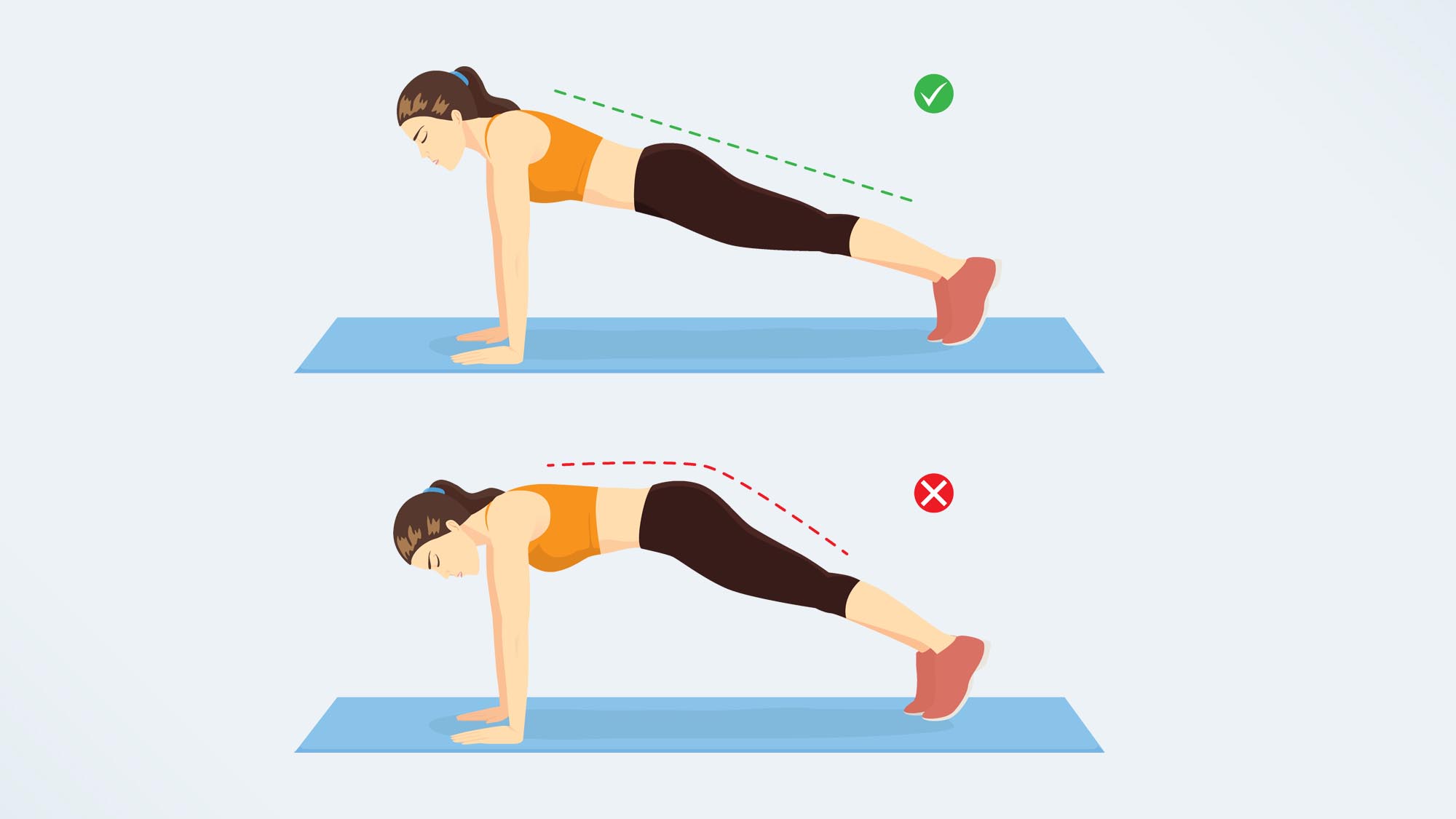This exercise improves core strength and stability in just 20 seconds per day, no equipment required

Good news — you don’t need to spend hours in the gym to improve your core strength and stability. According to the experts, holding a plank for just 20-30 seconds is enough to see results in your mid-section, if you’ve got good form.
Building a strong core is far more important than just building a six-pack. You use your core muscles during everyday activities like walking, climbing stairs, and lifting something down from a shelf.
A strong core can help protect your lower back from injury, and help improve your posture. But why should you be choosing planks over sit-ups and crunches?
How long do you need to hold a plank to get results?
Research professor and spine specialist Stuart McGill, Ph.D. reported to the Telegraph that you only need to hold a plank for 10 seconds to work the core and see results.
While some personal trainers disagree, arguing that you should start at 10 seconds and try to build up to 60 seconds, McGill believes that holding two or three sets of 10-second planks is better for the average person’s back health.
The plank works your core by keeping your ab muscles engaged as you hold the static move — a principle called time under tension. Yet holding the plank for longer than a minute or two might mean you drop your hips as you get tired, putting more strain on your lower back.
Remember, the real answer is how long you can hold a plank with good form. For some people, that’s 20 seconds, for others, that’s a minute.
Get instant access to breaking news, the hottest reviews, great deals and helpful tips.
How to hold a plank with good form
Your position during the plank is imperative for both the health of your spine and the results in your abs. If you’re a beginner, it’s a good idea to speak to a personal trainer and ask them to check you’re actively engaging your abdominals during the plank.
- Start by getting down on an exercise mat on all fours. Lower down onto your elbows, with your forearms straight in front of you on the mat. Make sure your elbows are stacked directly underneath your shoulders.
- Step your legs back so your bodyweight is resting on your elbows.
- Squeeze your core and glutes, and think about sucking your belly button into your spine.
- There should be a straight line from down your back — don’t let your hips arch up or drop.
- Keep your eye gaze down in front of you to avoid tensing the neck.
- Maintain tension throughout the plank.

Once you’ve mastered the basic plank, you can increase the intensity by holding it for longer, or trying one of the following variations:
High plank: For this exercise, instead of lowering down onto your elbows, hold the plank with your arms straight and your palms flat on the floor.
Plank with shoulder taps: From your high plank position, lift one hand off the floor and tap the opposite shoulder. Keep switching sides throughout.
If you want to vary things to keep your training interesting, we've also rounded up the best plank variations to build core strength and boost your stability.
More from Tom's Guide
- I added a plank to my morning routine and was surprised by the results
- I did side planks every day for a week — here's what happened
- Forget sit-ups — all you need is 4 moves and 15 minutes to sculpt a strong core and strengthen your hips

Jane McGuire is Tom's Guide's Fitness editor, which means she looks after everything fitness related - from running gear to yoga mats. An avid runner, Jane has tested and reviewed fitness products for the past five years, so knows what to look for when finding a good running watch or a pair of shorts with pockets big enough for your smartphone. When she's not pounding the pavements, you'll find Jane striding round the Surrey Hills, taking far too many photos of her puppy.
You must confirm your public display name before commenting
Please logout and then login again, you will then be prompted to enter your display name.
